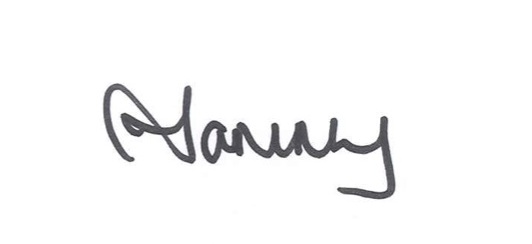Although it is still very much a moving feast; in some parts of the world, employees are now returning back to the workplace. For many, this is a positive and welcome move. For others, less so.
For those organisations contemplating the move back, here are some things to think about.
Ask your employees
A great starting point is to ask your employees how they are feeling about the return to work. Many employers have been doing this as a matter of course during their regular catch ups. But there may be those that haven’t been so explicit.
So, now’s a good time to ask employees – how are they feeling? Do they feel safe? Do they have any additional needs (caring or health wise) that need to be considered?
Culture Amp have made their return to work survey free and available to all. You can access that here.
Organizations that have switched a significant proportion of their employees to working remotely, will eventually need to consider how to effectively transition their employees back to the workplace. In addition, COVID-19 has resulted in entirely new ways of working and there is an appetite to understand what the ‘new normal’ could look like.
Culture Amp’s research to date has found:
- 34% of employees believe the will feel safe being in the workplace once restrictions are lifted.
- 51% of employees are looking forward to returning.
- 84% believe they can work as effectively remotely as they can in the workplace.
What does the new normal look like?
For all the resistance to flexible working, most employers transitioned relatively seamlessly overnight. And whilst there have been some teething issues and aspects of flexible working arrangement that were clunky or didn’t work; many employees have had a great experience with remote working.
The benefits of remote working to employers and employees are well researched. For organisations:
- lower absenteeism and employer turnover
- increased productivity and creativity
- reduced costs such as printing and electricity.
For employees:
- better work/life balance
- increased engagement and morale. And on it goes..
The trick now will be to learn the lessons from the trial by fire, and work out the bits that don’t work for each organisation. This may mean going backwards to go forwards – to introduce the new normal slowly. To ask what worked, and importantly, why? And what didn’t?
Lots of asking questions, and listening.
The return to the workplace offers a real opportunity to remain a workplace that allow for a better working experience for all.
Finally
These words from NOBL this morning really resonated, particularly when read in light of the above:
“Discretionary effort” is the fancy term for going above and beyond as an employee. Putting more energy and passion into your role than is required by your job description or perhaps even recognized by your pay.
Discretionary effort is why businesses obsess over employee engagement. The theory goes that an engaged employee is more likely to expend discretionary effort—and therefore, is more profitable. Hence why so many tools exist to measure changes in engagement, to identify the disengaged, and to coach leaders on how to boost engagement on their teams.
And when platforms like Gallup or Culture Amp measure engagement, they’re trying to assess an employee’s emotional commitment to their employer. An engaged employee is considered passionate and devoted, likely to go the extra mile and to stay with the company longer.

In the past, organizations have focused on critical drivers like learning and development, career progression, management training, vision and values, transparency, perks, and other benefits in order to boost engagement.
In this moment, one that has scrubbed clean the novelty and impact of words like, “uncertain” and “unprecedented,” perhaps it’s time to do something more.
In a relationship, a good indicator of whether one person is committed is the level of commitment the other person demonstrates. Right now, instead of obsessing over how much our employees are committed to us, perhaps it’s time to prove how much we’re committed to them. Not just our commitment to supplying what’s needed to fulfil their role or advance their career, but a deeper commitment that goes above and beyond the job.”
THE TAKEAWAY
Returning back to the way it was in no longer an option. Let’s take the opportunity to do better. We have data from a trial that most organisations would never otherwise have had. It’s a wonderful opportunity to ask questions, listen properly and think deeply about the employment relationship.
WANT SOME MORE READING?
WANT MORE?
If the above has whetted your appetite, and you’re keen for more.. Here are some ideas:
Does leadership interest you? You can sign up to my FREE seven day “Be a Better Boss Challenge” by clicking here. And you can click here to buy my book.
Want to chat? Click here to get in touch.
Want some help in meeting your goals? Sign up to the permission to dream programme, by clicking here.
Want more to read? You can read any of the 300+ blog posts on this site, by clicking here.
See you soon,


